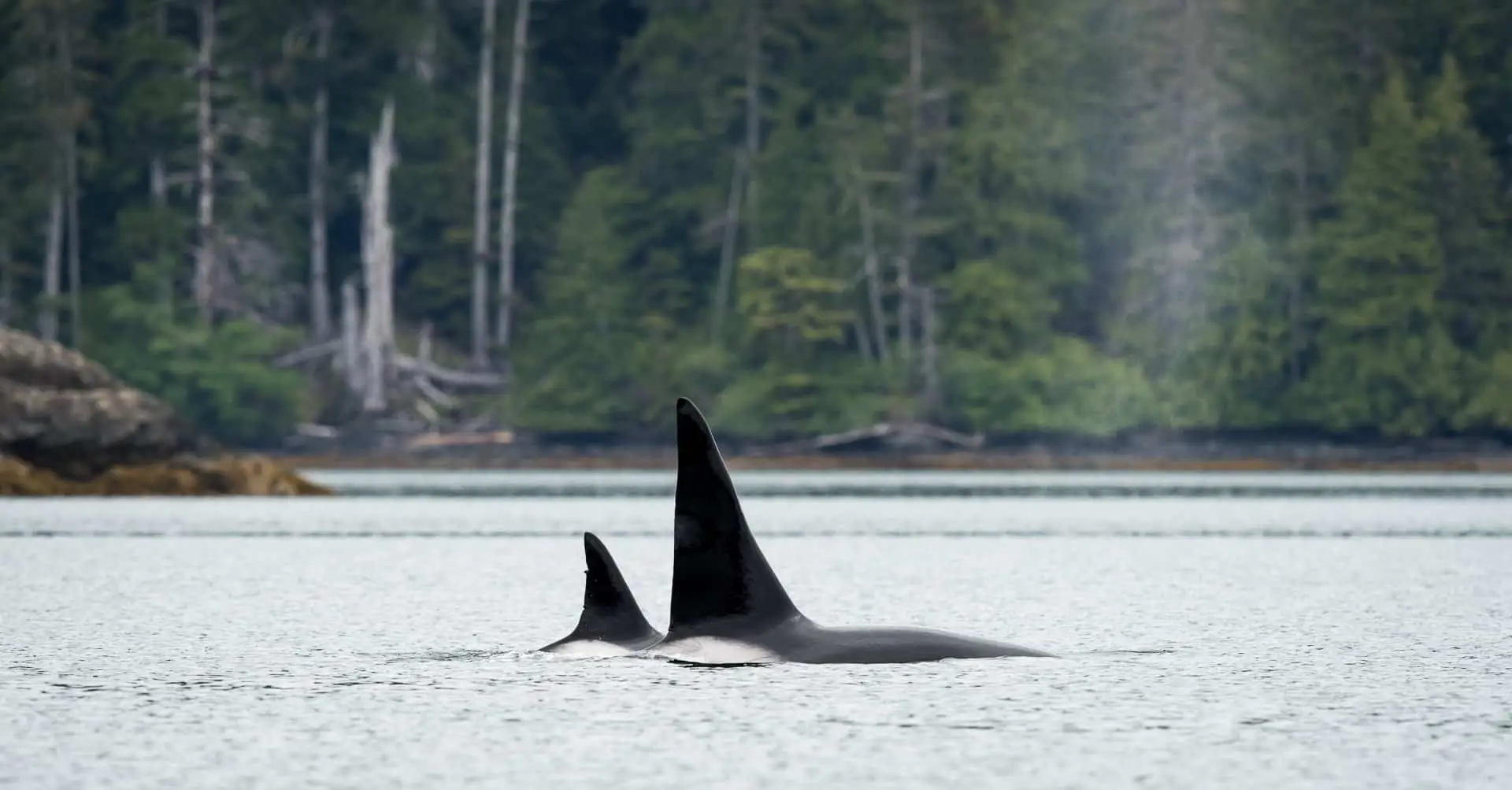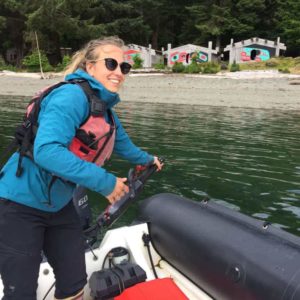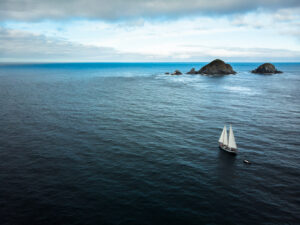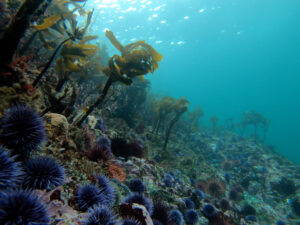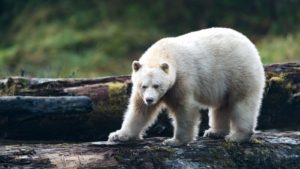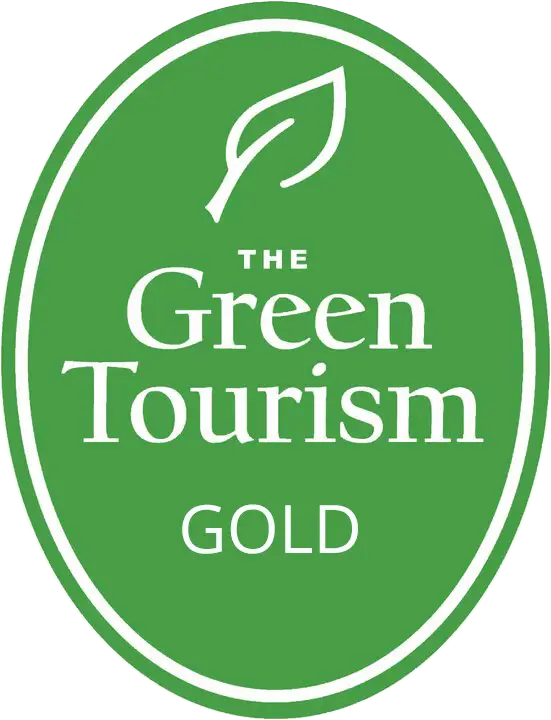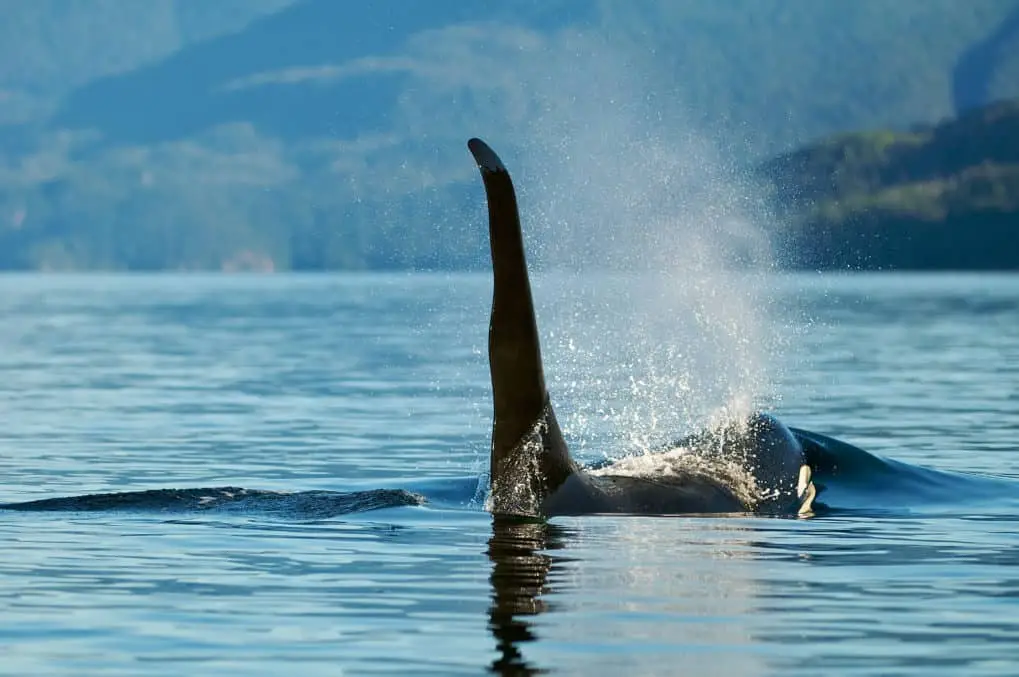
Creature Feature: Killer Whales
Of all the marine mammals in the world, there is only one that inhabits every ocean on the planet, and coincidentally enough, it is also one of the only mammals that we have a chance of seeing in every region we explore aboard the Passing Cloud – those mammals are killer whales, otherwise known as orcas.
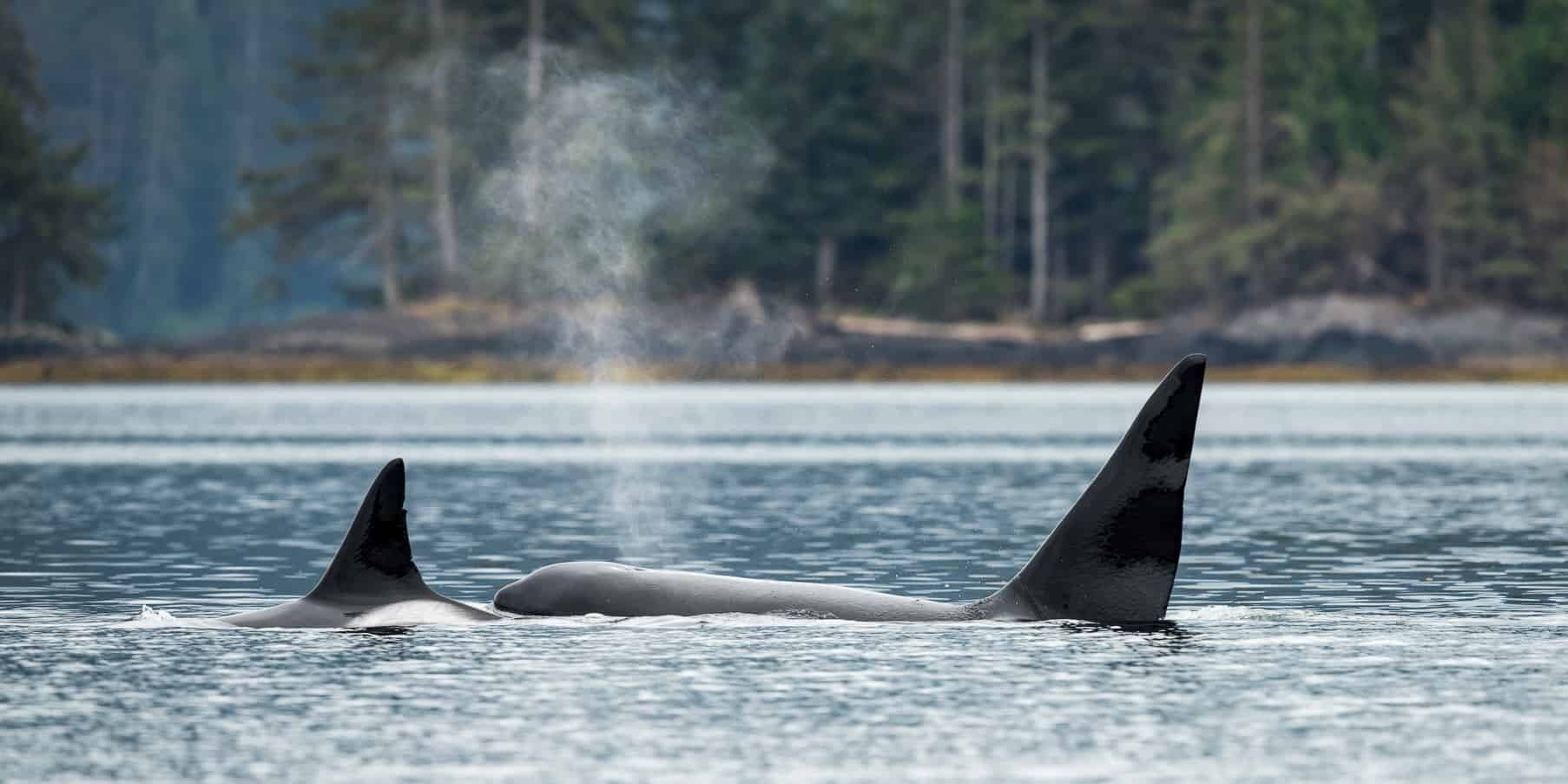
Killer whales are in the order Cetacea, which includes other whales, dolphins, and porpoises. Cetaceans are further broken down into 2 suborders: Mysticeti, which include baleen whales (filter feeders) such as humpbacks and grey whales; and Odontoceti, or ‘toothed whales’, which include sperm whales, dolphins, and of course, orcas. Killer whales are actually the largest members of the dolphin family (Delphinidae), and thus are more closely related to a bottlenose dolphin than a humpback whale. There is much speculation about where the name ‘killer’ whale comes from but likely stemmed from the behaviour of some types that prey on other whales (i.e., “killers of whales”). More correctly called orcas – and increasingly a more popular common name – come from the Latin name, Orcinus orca, for the genus and species, meaning “the kingdom of the dead belonging to Orcus, the Roman God of the underworld.”
As the apex predator of the sea, orcas really are the kings of the ocean – or rather queens, as they are a matrilineal species. The females are the leaders of the family groups that make up the pods. A male killer whale will stay with his mother for the entirety of its life (60 years or more), where females often branch off into sub groups or smaller family groups, starting their own matrilineal branch, once reaching maturity around age 15. Even still, they will often remain within the main family group, only branching out temporarily. These social animals have evolved a complex culture, where the older females model specific behaviours to the younger animals in these tight-knit matrilineal groups, and likely this culture shapes what and how the orcas eat, socialize, and mate.
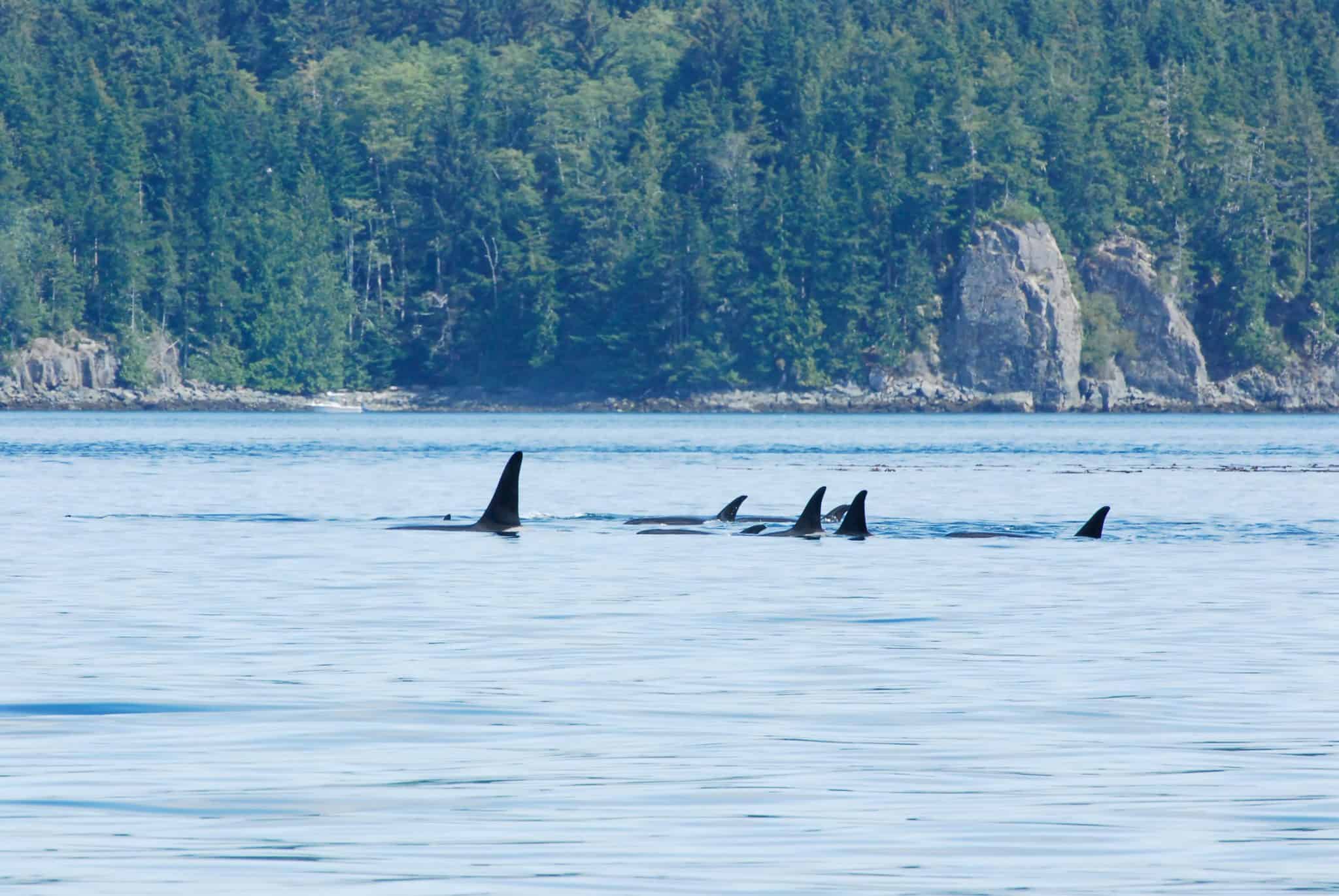
There are 3 main eco-types or subspecies of killer whales: resident, or salmon-eaters, consuming chinook as their main menu preference, the largest and fattiest of the 5 salmon species found on the west coast of British Columbia; transient (or Bigg’s killer whales) that prefer a diet of smaller marine mammals such as dolphins, seals, sea lions, and other small whales; and, offshore, which, as the name suggests, remain primarily offshore, and thus are largely understudied. Not much is known about the offshore orcas of the Eastern North Pacific Ocean, but they have been known to travel long distances, some ranging from California to Alaska.
The diet of the ‘Offshores’ is suspected to include sharks – mostly sleeper sharks but the whales even dine on great whites – as evidenced by the orca’s teeth. The skin of sharks is much like sandpaper in texture and wears down the orcas’ normally cone-shaped teeth, often all the way to the gums. The stomach contents of offshore orcas have also shown that they eat larger terrestrial animals, including polar bears in the Arctic. At this stage of research, it’s hard to determine exactly what their diet consists of, but it is safe to say they are the top of the food chain in the ocean.
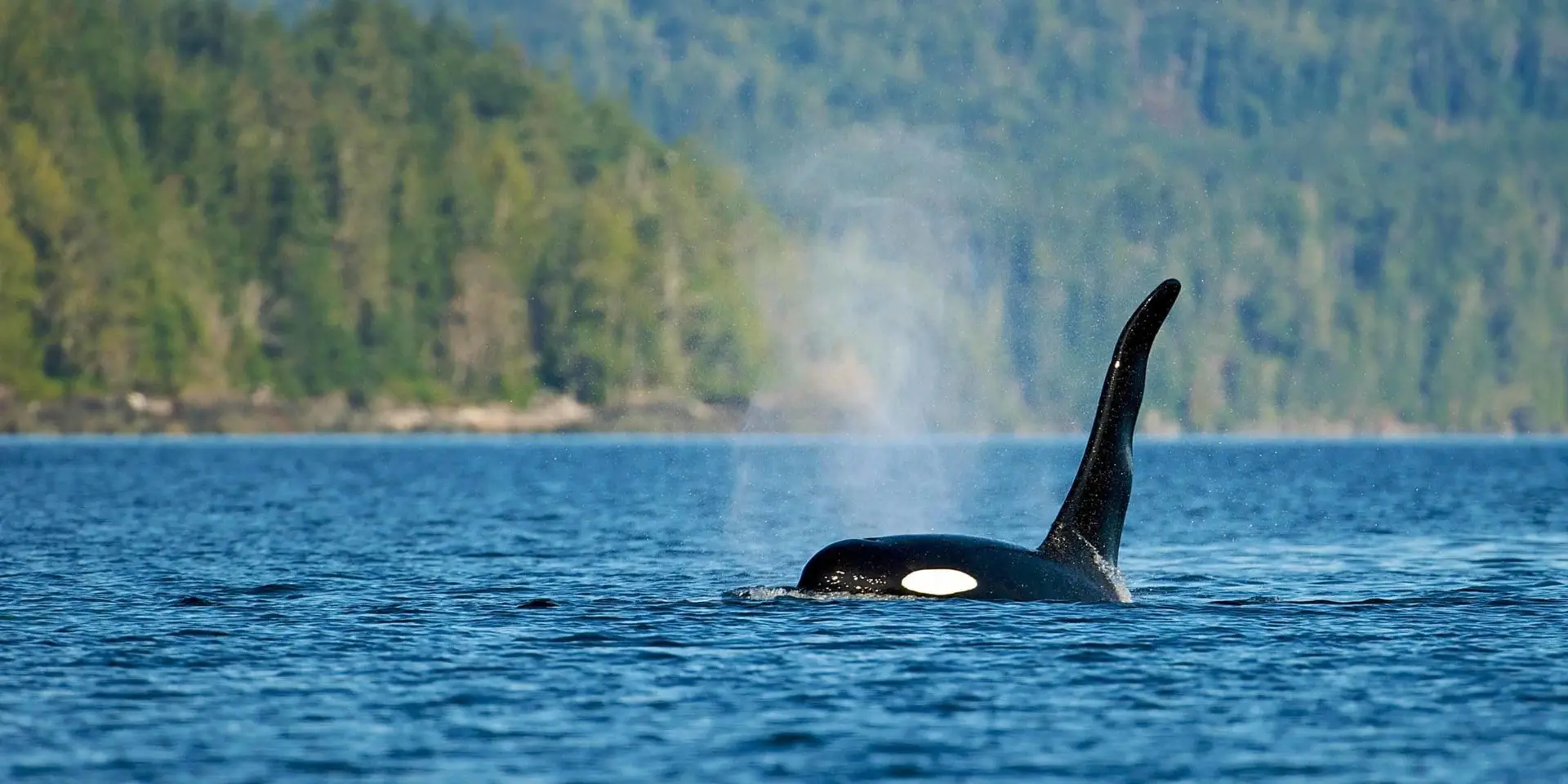
Of these three main eco-types, there are believed to be sub species within each species, and even races within those subspecies, each with different dialects and family traditions. The resident orcas of the west coast of British Columbia are broken up into 2 sub groups: northern resident community and the southern resident community. The northern resident community that calls the northern Vancouver Island waters home for the majority of the summer is made up of an estimated 290 whales and has been increasing by 2.2% annually since 1974. Within this community are 3 clans categorized by a letter (A, G, and R), and 16 pods within these clans, also categorized by a letter (A, B, C, D…). Each pod is identified by its matriarch, with the individuals identified by a number, correlated to the chronological order of birth. Each of these whales also has a common name, or given name, by researchers.
The southern resident killer whale community is considered one of the most endangered species on the planet with only 74 living individuals, all belonging to 1 clan and 3 pods (J, K, and L). The northern and southern resident orcas are incredibly well studied and second only to the chimpanzees of Gombe. Researchers, scientists, and even the general public are able to identify individuals by their dorsal fin and saddle patch (the white marking on their back), which is as unique as the human fingerprint. Many refer to them by their common name based on these characteristics the most famous of which was the recently presumed passed “Granny” or J2. Granny, who was a member of JPod in the southern resident killer whale community, lived to be an estimated 104 years old, making her the oldest documented killer whale in history.
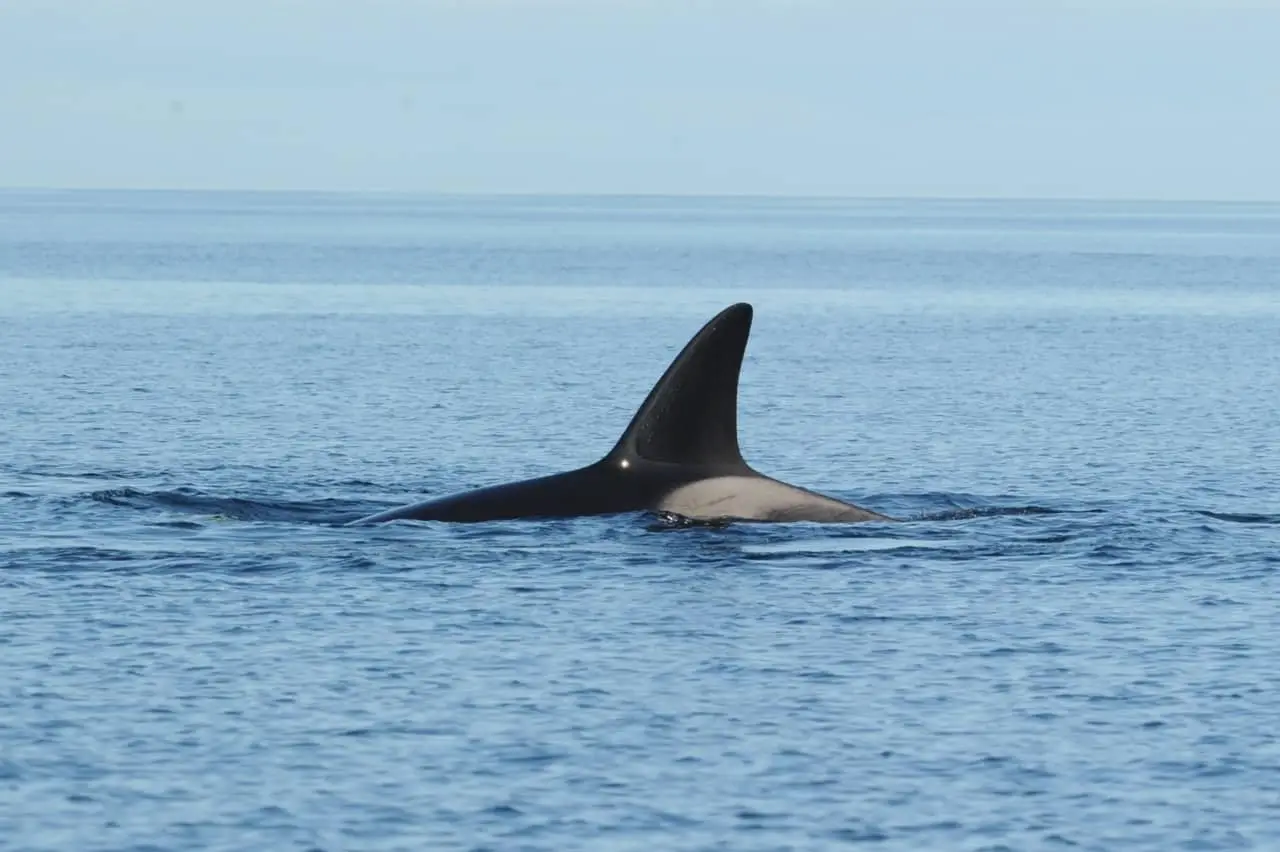
Killer whales exhibit quite the array of behaviours, from spy-hopping to tail slapping, breaching and pectoral slapping, and even the less common behaviour, rubbing. The underwater camera placed by the Orca Lab in Northern Vancouver Island waters has documented the famed rubbing beach where orcas come to rub their bodies against the rocks of the ocean floor in shallow water. Scientists and researchers are still uncertain why exactly they display this behaviour. Is it to rub off parasites, to mark their territory, or do they, like many other animals, just like a good belly scratch?
